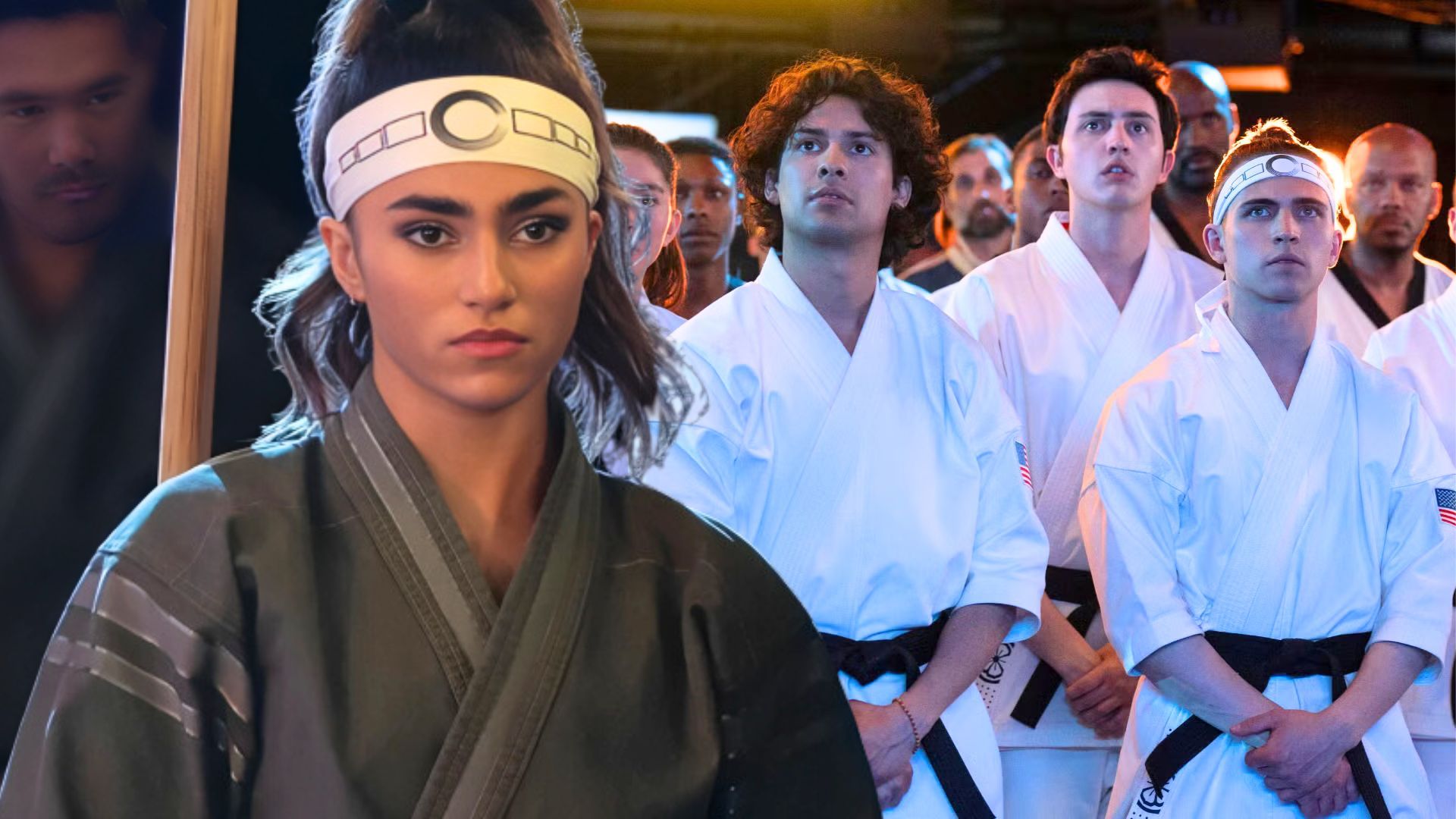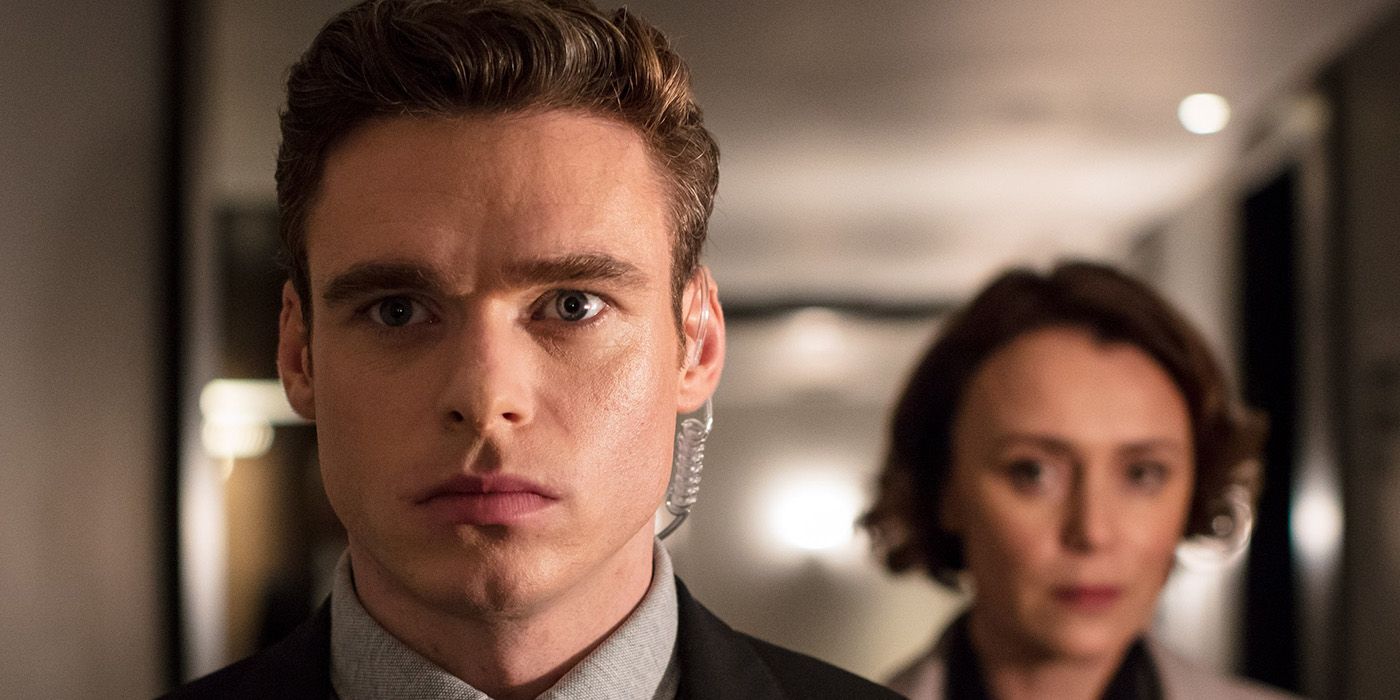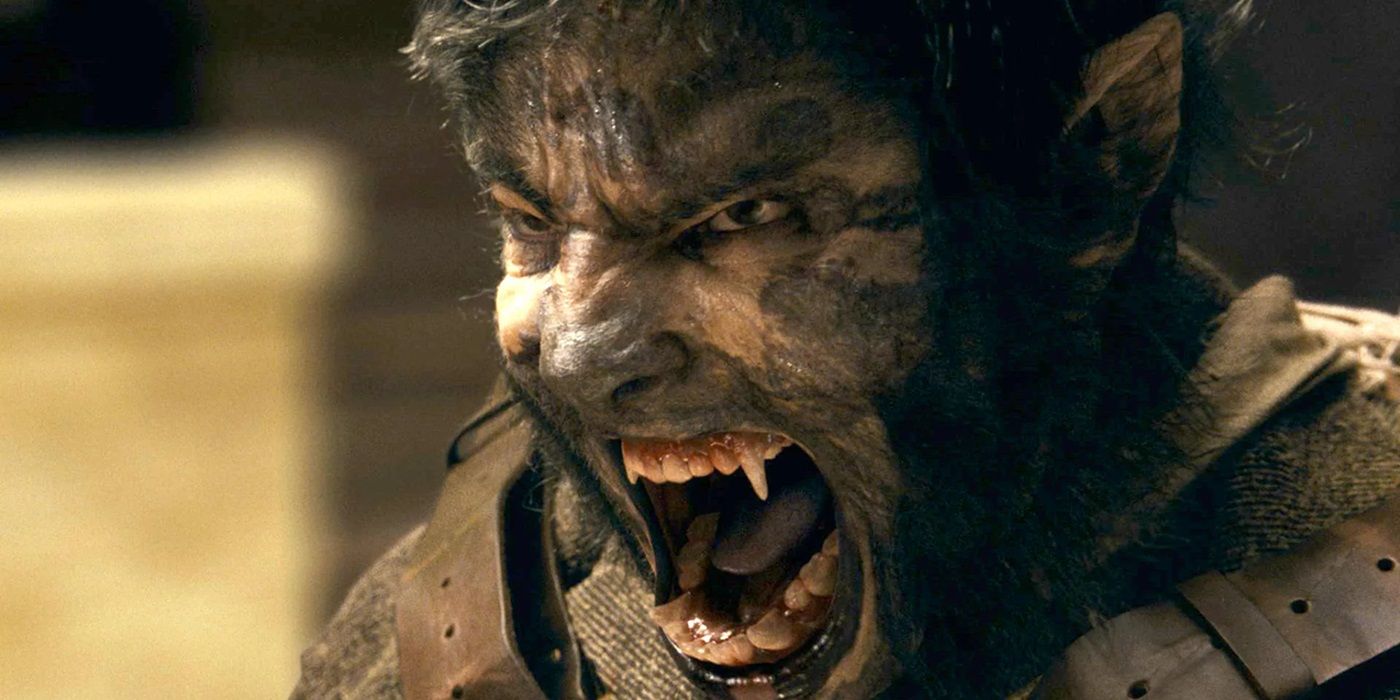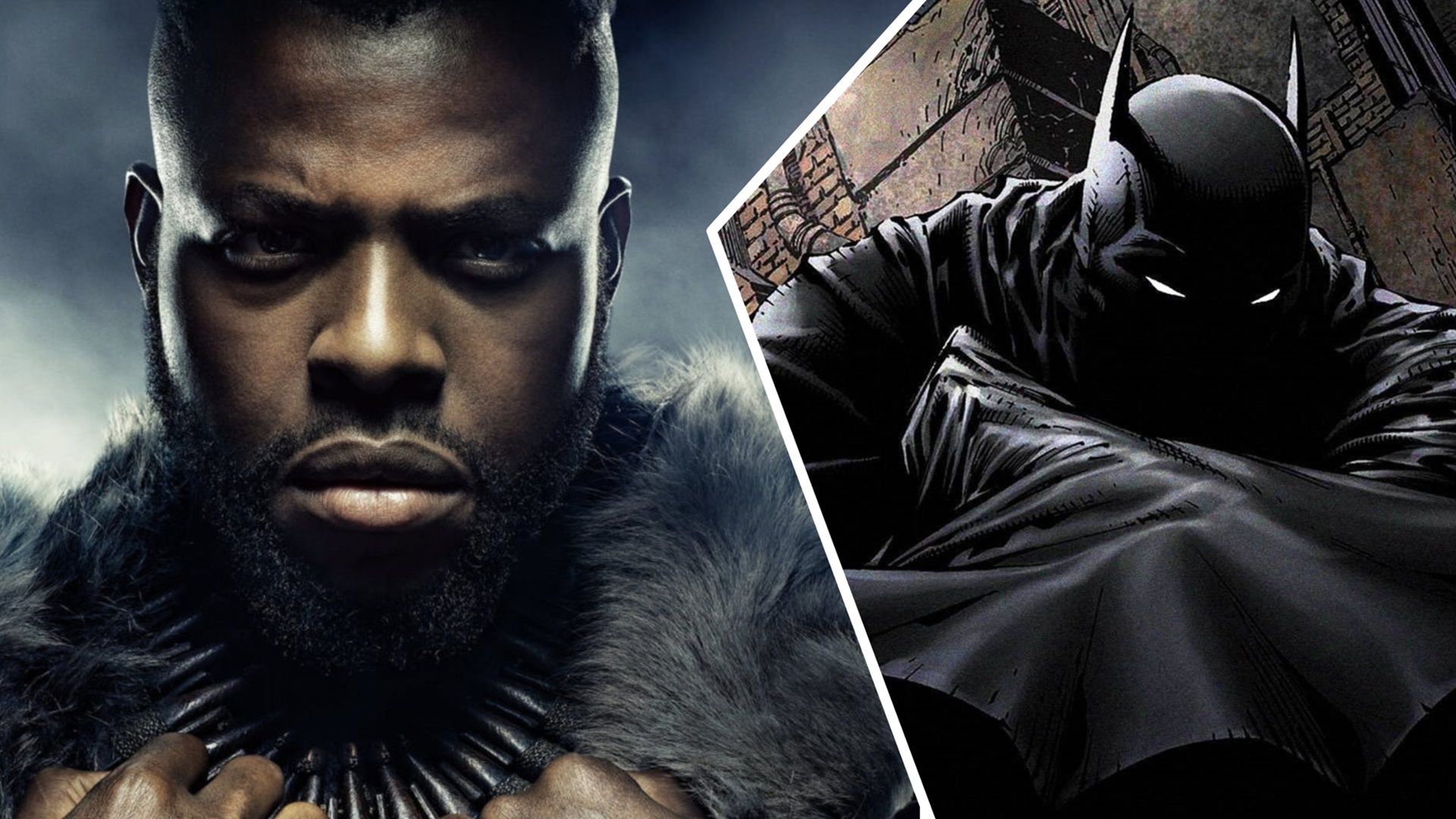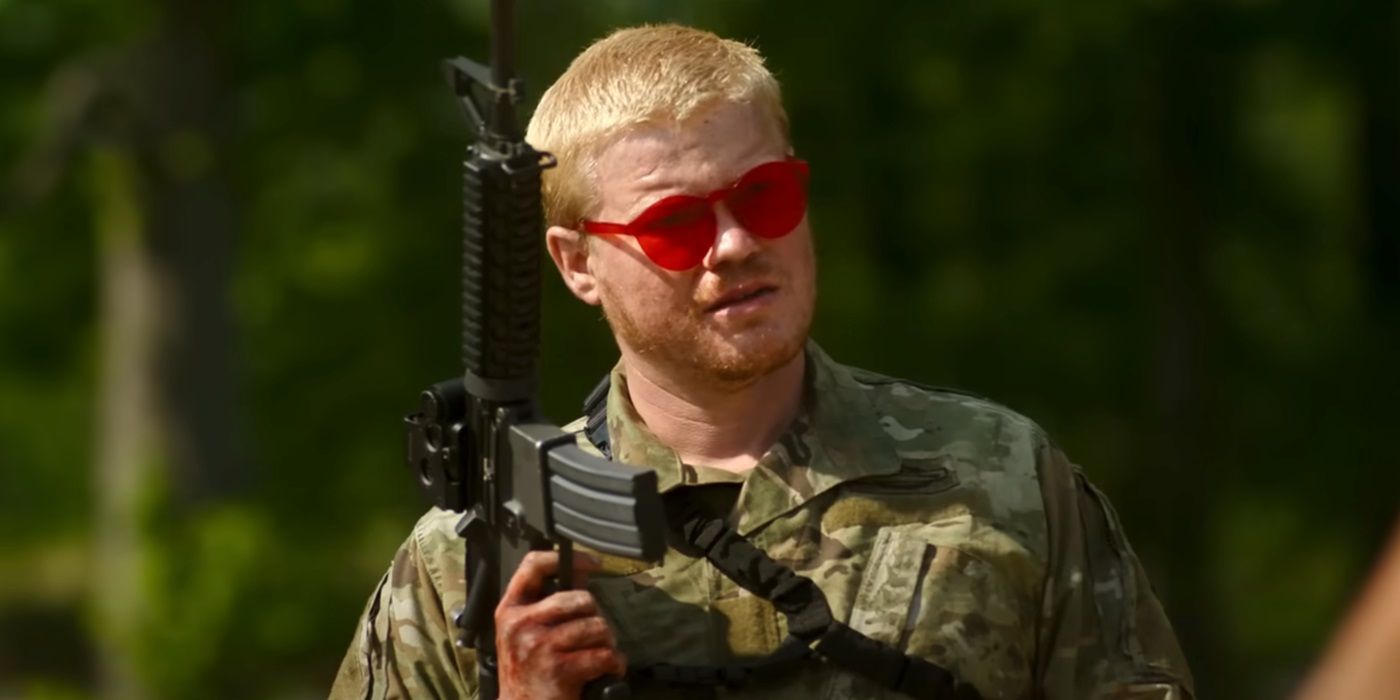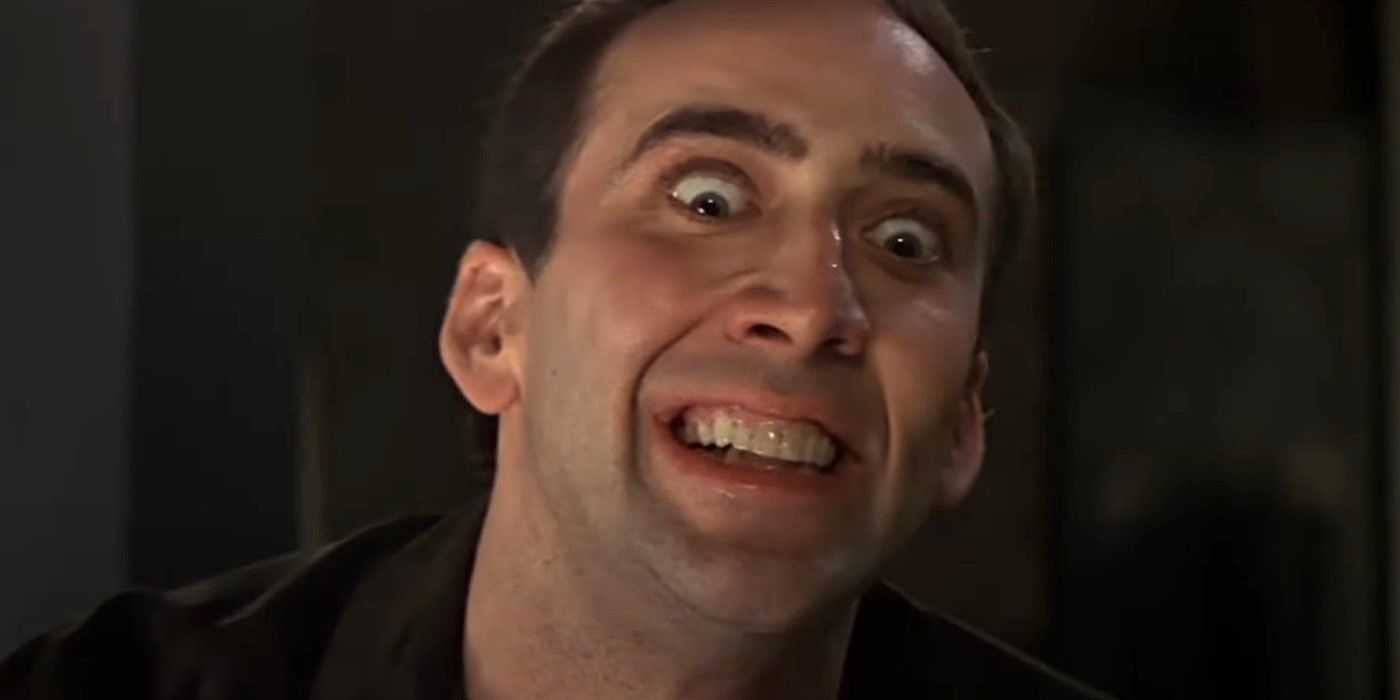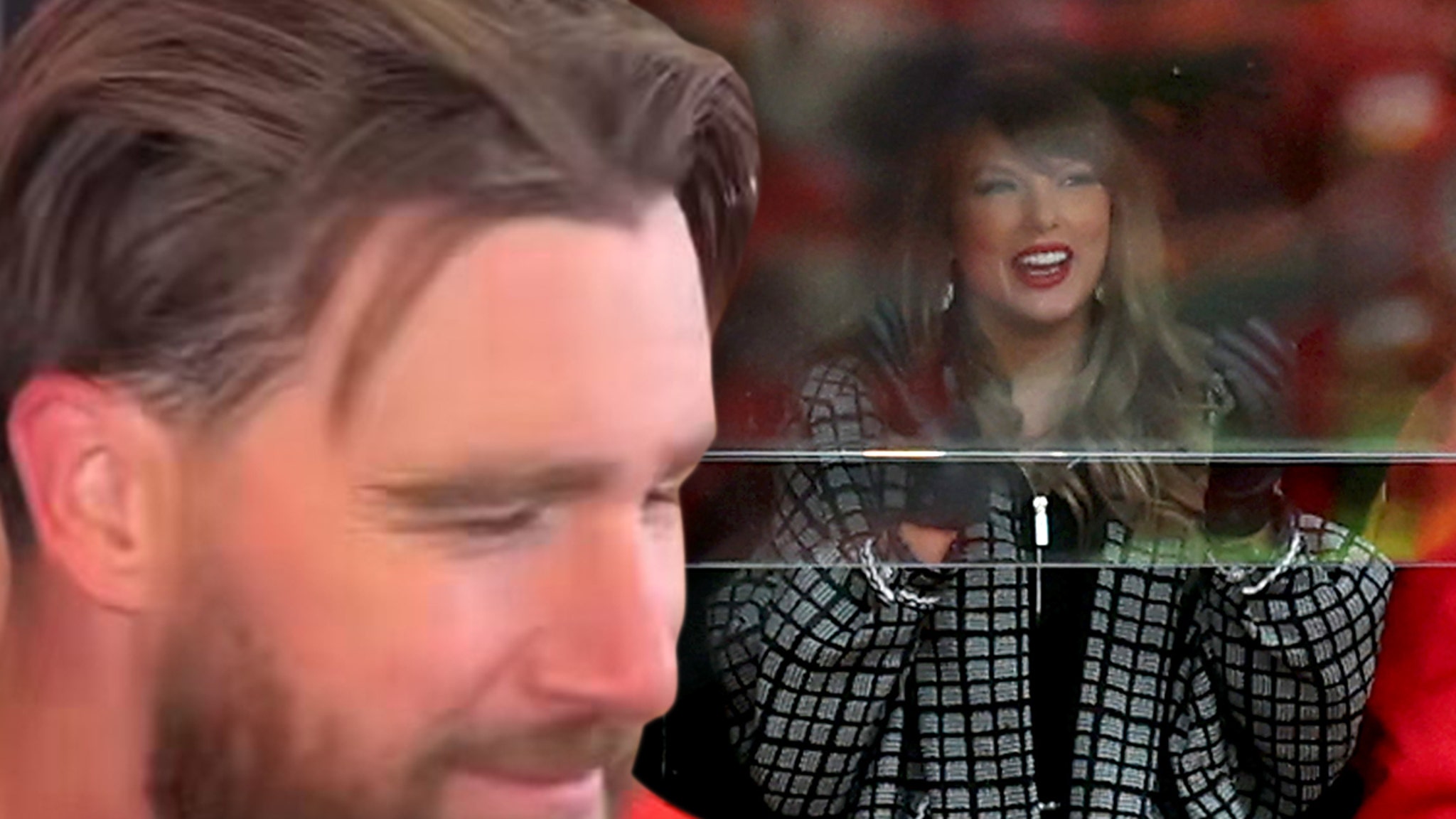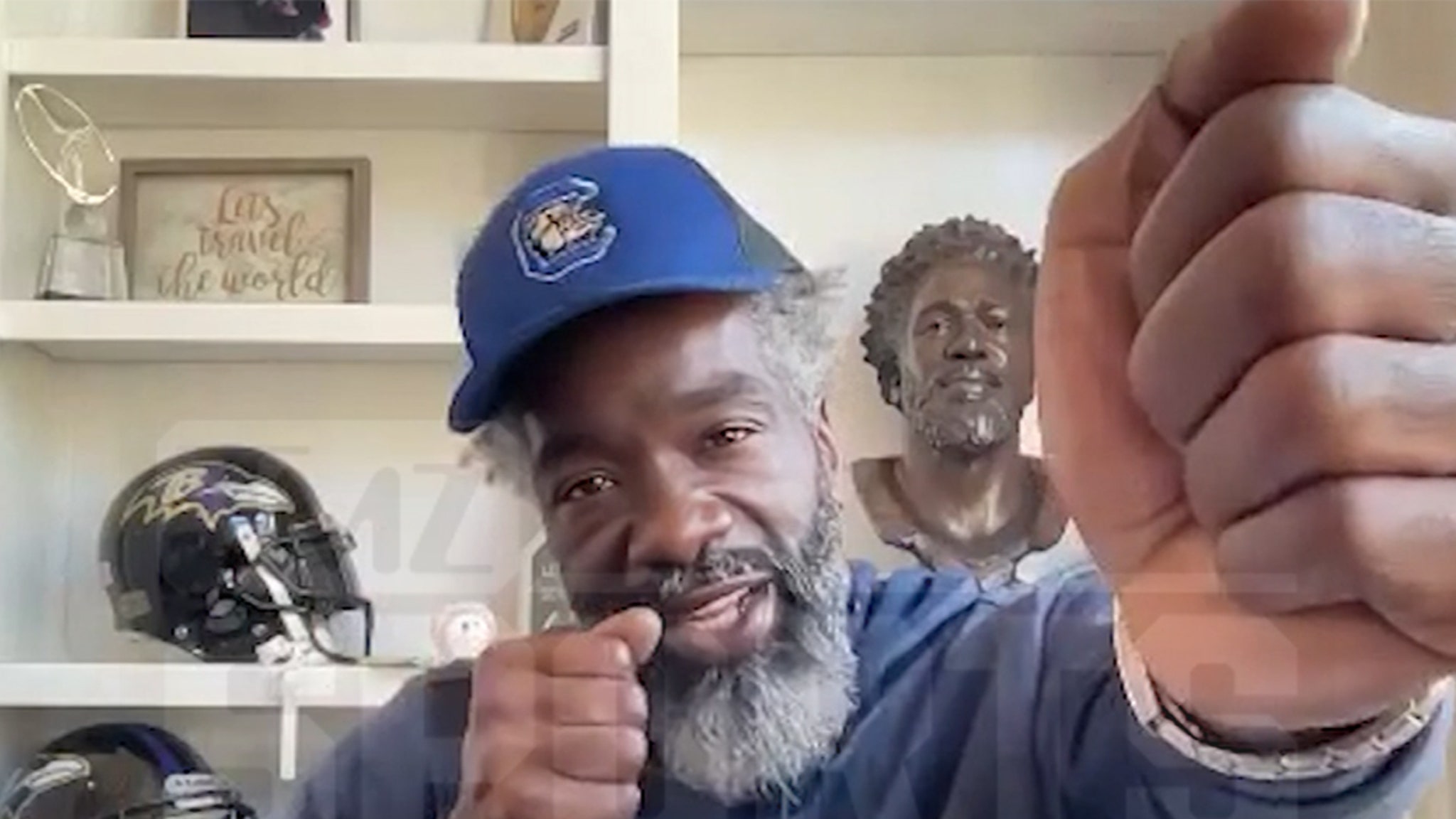Purja, a member of the Nepali Gurkha special forces, is the youngest son of a loving family and was always intensely competitive. He goes on a 20 km run with a 75-pound pack every morning and goes to the gym after work until 11. In one scene we see a very impressed high altitude specialist comment on his physical condition.
Those of us who will never make it to the top of one of these peaks will get an unprecedented opportunity to see what the top of the world looks like with pristine images of stunning clarity and grandeur captured by Purja himself. Viewers will find them nearly as breathtaking as those who reach the top gasping in the high altitude. With 14 mountains plus backstory in just over 90 minutes we do not get to spend a lot of time learning the specifics of each one, but we do get to see some of the differences, here six feet of snow, there treacherous rocks or vertiginous tors. We see how different the ascent on Mount Everest is from the other peaks, packed with climbers while the others are almost empty. A photo Purja takes of the long, long line to the top of Everest goes viral worldwide. A lot of detail is passed over quickly, and I wished for more information about the complicated negotiations with China, the particular challenges of each mountain, and how the team adapted to changing circumstances.
Director Torquil Jones touches on a lot of material, skillfully using animation for some near-death experiences and less skillfully using special effects and editing to suggest the distortion of reality caused by HACE: high altitude cerebral edema. There are well-selected comments from experts and a climber Project Possible helped to reach a summit. And we see Purja’s family, including the brother who urges him not to take financial and physical risks and the mother he adores who is very frail but blesses his journey. Messner is candid about the hardship involved. “People will say it is fun. It is not fun. It’s a place where you have to learn to cope with pain.” But Purja and his team have enormous appeal, clear about the dangers but always showing warmth and good cheer.
Purja says he never wants to hear a climber say “my Sherpa helped me.” The Sherpas have names. Without their names, he says, “they are ghosts.” He knows that if a Westerner accomplished these climbs, it would be world news. This movie shows us the teamwork, the dedication, the national pride, the astonishing vistas, and the reason that Purja and his team deserve to be as renowned as Sir Edmund Hillary, maybe more.
Now playing on Netflix.
You can view the original article HERE.


